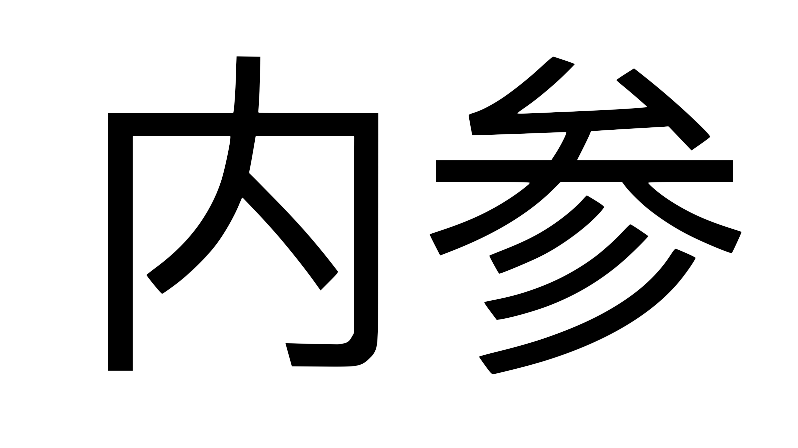Beijing's Arguments Against "De-risking”
The language of “de-risking” China relations has gained currency in Western capitals after a speech by European Commission President von der Leyen in March. Notably, at the Hiroshima Summit in May, the leaders of the G7 nations adopted a “de-risking, not decoupling” approach to China.
The shift in rhetoric from “decoupling” to “de-risking” reveals a simple truth: for many countries, the cost of decoupling from China is unbearably high.
As expected, Beijing has been critical of the “de-risking” discourse. Chinese diplomats and party-state media have responded with a four-part argument:
- China is not a source of risks but opportunities.
- “De-risking” is a pretext for containing China.
- “De-risking” will introduce new risks.
- The real source of risk is the United States.
All four claims are partially true but overall uncompelling, conveniently overlooking the other side of the story. While China presents opportunities, it also poses various challenges and risks. While “de-risking” may be a geopolitical agenda, it's also seen as a means of balancing security and economic concerns. While “de-risking” will introduce new risks, maintaining a status quo will exacerbate problems. And, while the United States has wreaked havoc around the world, you can’t blame Uncle Sam for everything that goes wrong.
To illustrate Beijing’s arguments against “de-risking,” I have translated a June 1 editorial from the Communist Party’s People’s Daily newspaper. Although its language may be more strident than Chinese diplomats, its arguments are nevertheless the same.
Translation
世界迫切需要去除霸权主义带来的巨大风险
Source: http://paper.people.com.cn/rmrb/html/2023-06/01/nw.D110000renmrb_20230601_2-03.htm
The World Urgently Needs to Eliminate the Huge Risks of Hegemonism
The actual risks to the world arise from the United States reckless initiation of wars, the establishment of dollar hegemony, and the fomentation of confrontation among blocs of nations. If individual countries use the pretext of “de-risking” to cut connections with China, they will limit cooperation, stability, and development opportunities.
Some Western politicians have been clamouring for the so-called “de-risking” targeting China for some time now. Essentially, this “de-risking” language is about continuing to build “small yards with high walls” and driving “decoupling”. The recently held G7 Hiroshima Summit stated in its leaders’ communique that “the [G7 members] recognise that economic resilience requires de-risking and diversifying”, once again exposing its attempt to contain and suppress China. The G7’s so-called “de-risking” will only increase risks to the stability of global industrial and supply chains and create obstacles to the world’s economic recovery.
From “decoupling” to “de-risking,” the G7 has changed its rhetoric, but its hidden malicious intent remains unchanged. The Hiroshima Summit Communique duplicitously states that “[o]ur policy approaches are not designed to harm China nor do we seek to thwart China’s economic progress and development” and “[w]e are not decoupling or turning inwards.” The communique, however, is full of unfounded accusations and smears against China, attempting to portray China as a risk and a threat to the world. People can see clearly that the G7 is replacing the increasingly unpopular and unrealistic “decoupling” with “de-risking.” The so-called “de-risking” is a new pretext by certain countries to contain and suppress China. This language is permeated with the ills of the Cold War and the zero-sum game mentality.
